Insider’s Guide:
A Few of Our Favourite Things to do in Patagonia
 Long known as a land of adventure, Patagonia boasts an embarrassment of natural, historical and cultural riches.
Long known as a land of adventure, Patagonia boasts an embarrassment of natural, historical and cultural riches.
From the peaks of some of the world’s most impressive (and hardest to climb) mountains to the depths of the breathtaking lakes and rivers below, here are just a few of our favourite things to do in Patagonia that prove the end of the earth is just the beginning.
Things to Do in Patagonia
(Where Adventure Goes to Get Away From it All)
Perito Moreno Glacier
Situated within Los Glaciares National Park in southwest Santa Cruz Province, Argentina, this glacier is certainly one of the most significant tourist attractions in Patagonia.

At a balking 30 km (19 mi) in length and rising an average height of 240 feet above the water, this is the world’s third largest reserve of fresh water and a declared natural beauty, solidified by its designation as a UNESCO World Heritage Site in 1981.
While the glacier is popular for trekking and tends to be the main draw, the National Park, home to some incredible biodiversity, should not be overlooked – think mountains, lakes and woods, with the arid Patagonia steppe to the east.
Discover A New Side of the Andes
On our Lakes & Volcanoes Active Expedition, explore the serene Lakes Region of Argentina, the Alpine feel of Bariloche, the warmth of the Mapuche culture as you paddle, trek, and hike your way through to the volcanoes of Chile.
DETAILED ITINERARYTorres del Paine National Park
Another important park is the Torres del Paine National Park, which finds itself in Chilean territory while bordering Los Glaciares National Park to the north, in Argentine territory. Similar to Los Glaciares, this park heavily features mountains, glaciers, lakes and rivers.
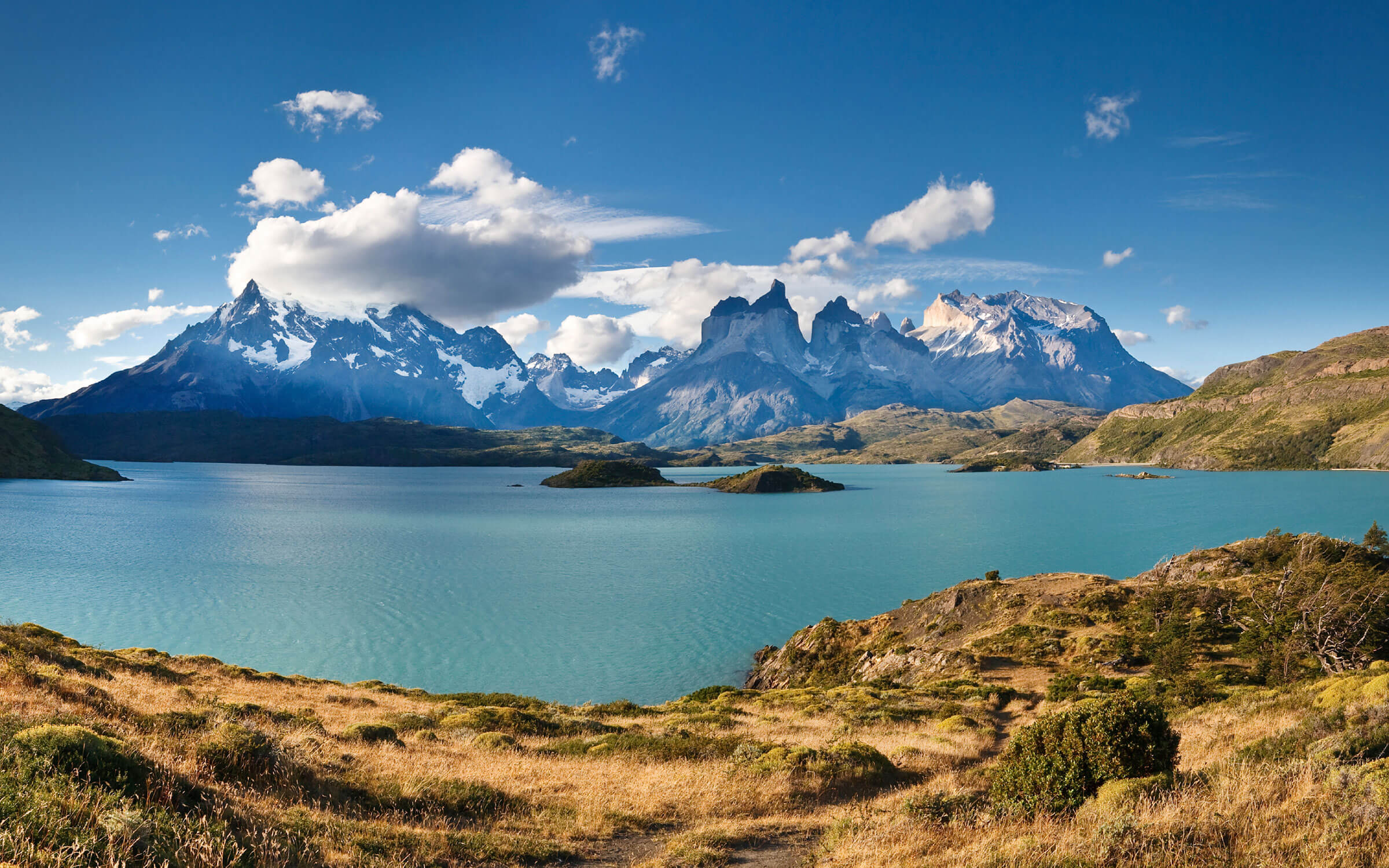
The Torres del Paine are the three granite peaks that surge triumphantly from the Paine mountain range, or Paine Massif.
These pillars dominate the landscape and are often considered the main draw, but, again, once you are in the park there are numerous other attractions with arresting power. A variety of trails can take you through splendid forests, from open steppes to rugged mountains, across rushing rivers and towards the seemingly endless blue of the glacier.
Tierra del Fuego Island
This important archipelago found off the southernmost tip of the South American mainland consists of a main island, Isla Grande de Tierra del Fuego, and a series of many smaller islands. Like so much of Patagonia, Tierra del Fuego is split between Argentina and Chile.
Tierra del Fuego, literally meaning “Land of Fire,” was a name provided by Spanish explorers who were journeying in search of the Spice Isles. Passing by the shorelines of what would become Tierra del Fuego, they saw the land dotted with man-made fires, and provided it with an apt (if a little on-the-nose) name.

The Island’s Indigenous

Of course, indigenous communities had been living on the island long before it was “discovered” by the Spanish.
By all accounts it is clear that these communities must have been incredibly hearty to survive in such harsh climates. In fact, they were fierce warriors who, if necessary, applied greasy fish or animal fat to their bodies to protect themselves from the wind and cold.
Unfortunately, if you travel to Argentina today you will not see any trace of the indigenous communities that inhabited this area. While they were strong and persevered through much, the influx of foreign disease and culture proved too great a burden.
Discovery of natural resources brought the Spanish and then other European settlers who arrived with the goal of “civilizing” the local people. It didn’t take long before the distinctive cultures of these indigenous groups faded.
Monte Fitz Roy
This intimidating mountain can be found near El Chaltén village, located in the southern Patagonian ice field in Patagonia.
While it was first climbed back in 1952, it remains one of the most technically challenging mountains in the world. Though it certainly isn’t the highest in the world, it does boast sheer granite faces that present long and challenging climbing. As well, weather in the area can be especially inclement.
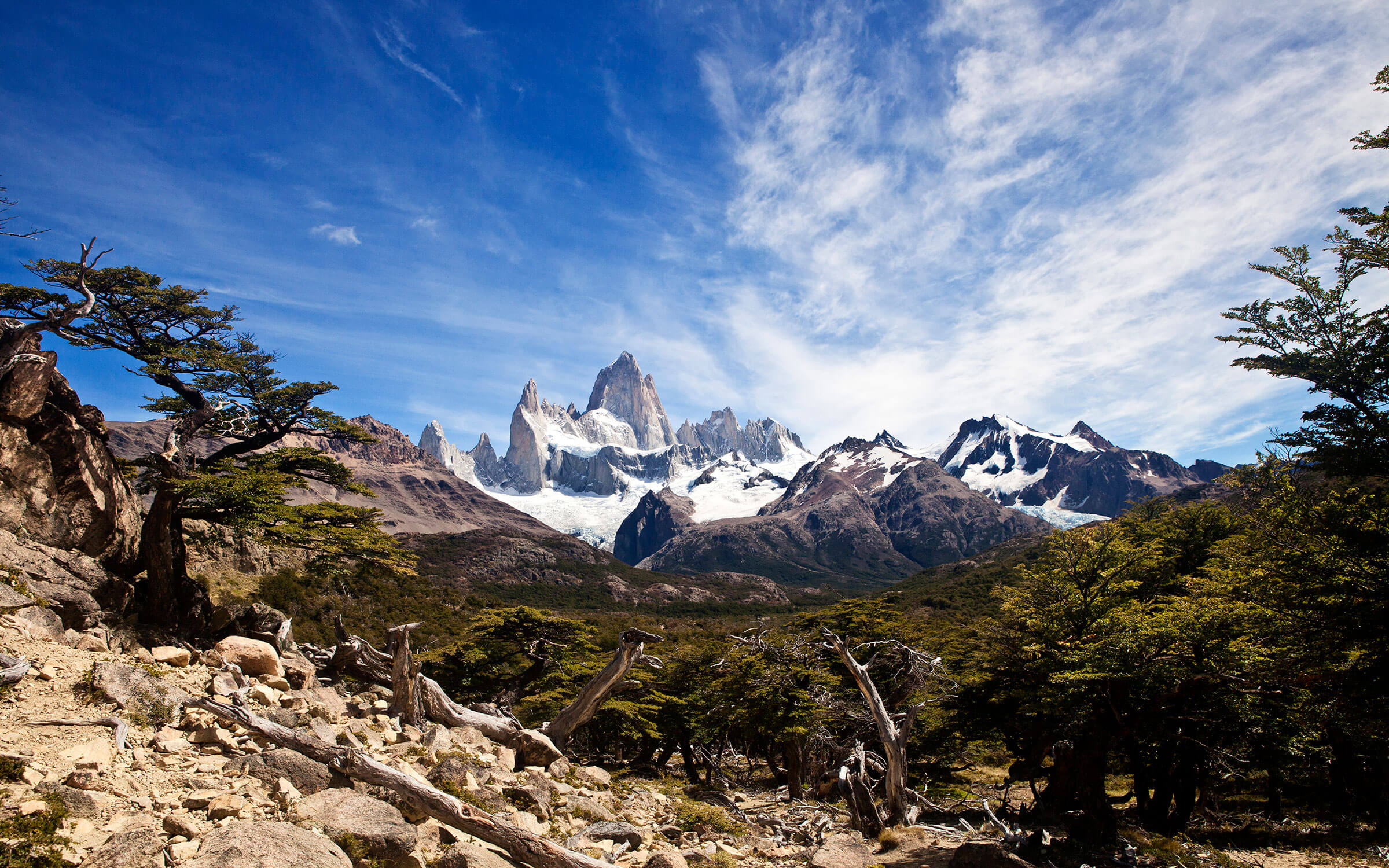
The mountain’s name was bestowed by the Argentine explorer Francisco Moreno, who wanted to honour Robert Fitz Roy, captain of the HMS Beagle and the man responsible for chartering parts of the Patagonia coast.
 The Emblem of Patagonia
The Emblem of Patagonia
You may also recognize the name, or the image of the mountain, from the successful outdoor clothing company Patagonia.
The logo for the eponymous clothing company is the skyline of Monte Fitz Roy, likely inspired after Yvon Chouinard and his friend Doug Tompkins took a trip down to Patagonia in the 1960s and successfully reached the summit of Fitz Roy.
Leave a Reply
MORE FROM Latin America + Patagonia
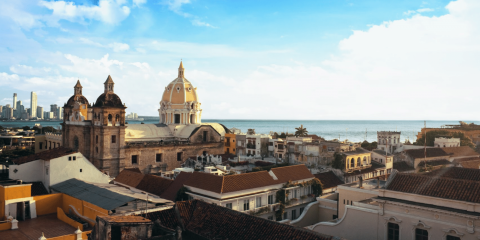
Reading for the Road: The Best Books About Colombia
Colombia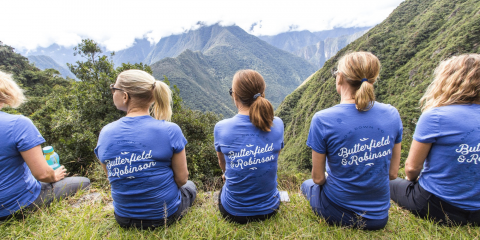
A Wellness Escape to Peru with Butterfield & Robinson
Peru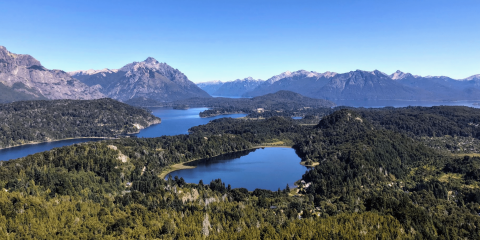
Cruising Through Argentina’s Famous Seven Lakes Road
Argentina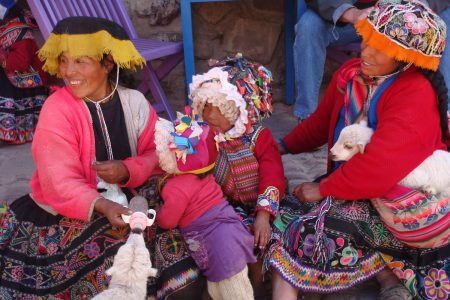
The Slow Fund: Scholarship Fund with Kuska School
Peru
A Taste of South America at Home: Argentinian Beef Empanadas
Argentina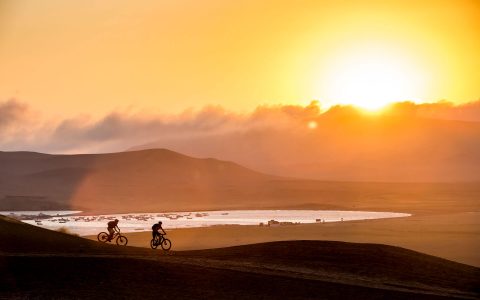
Bespoke Stories: An Off-the-Grid Adventure for a Father & Son in Peru
Peru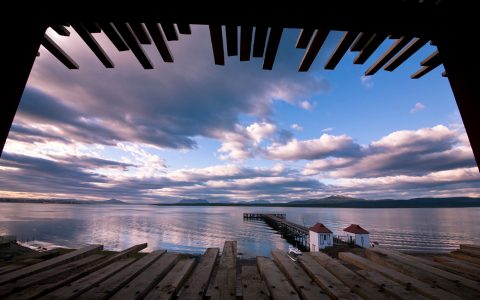
Spectacular Stays: The Singular Patagonia
Chile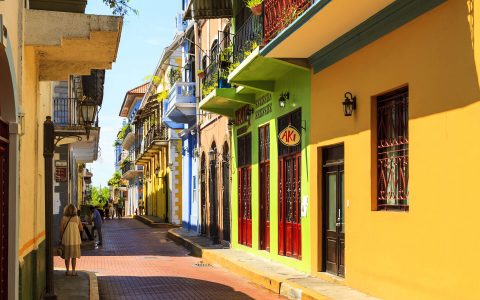
7 Reasons Why You Need to Visit Panama City
Panama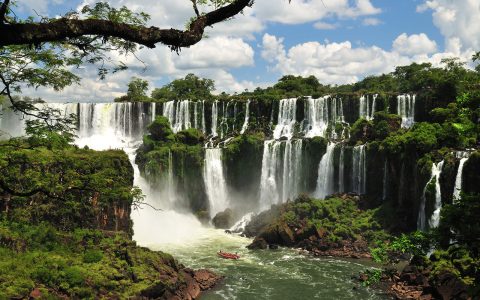
Beyond Buenos Aires: Exploring Northern Argentina
Argentina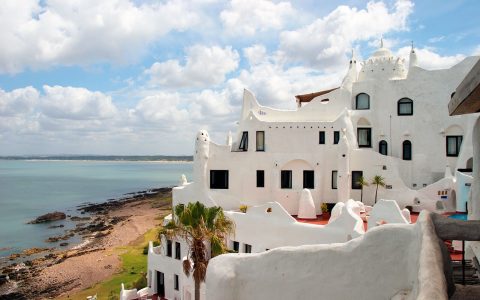
South America’s Best-Kept Secret: Uruguay
Uruguay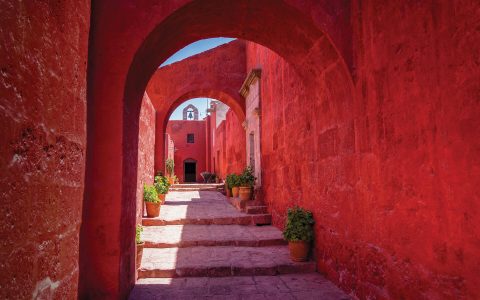
Off the Beaten Trail in Peru
Peru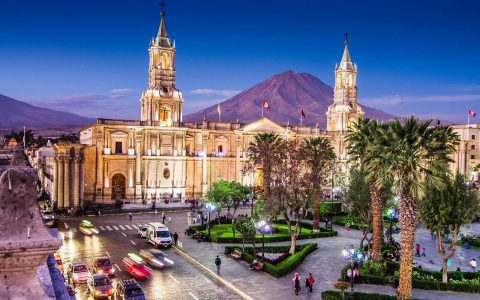
A New Side of Peru: Arequipa & the Colca Canyon
Peru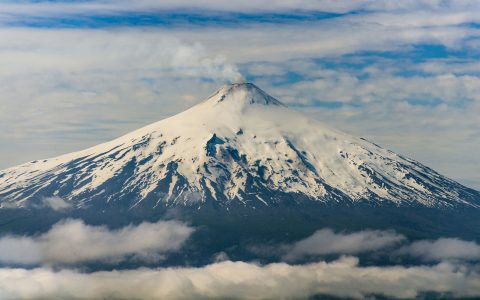
Lakes & Volcanoes of Chile and Argentina
Argentina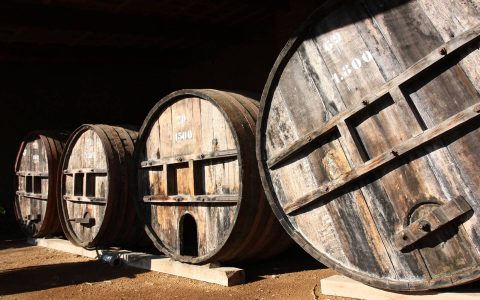
8 Must-Drink Wines From Chile and Argentina
Argentina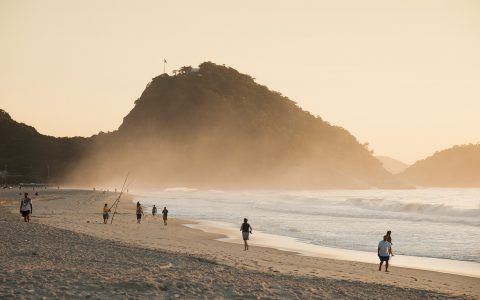
Our Favourite 14 Bars in the Americas
Latin America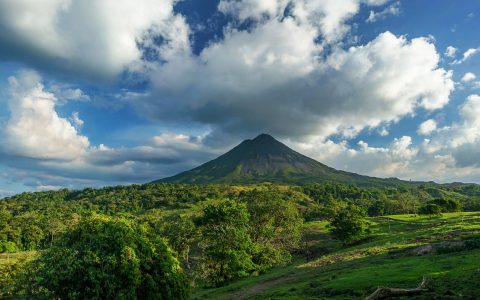
The Best Time of Year to Visit Costa Rica
Costa Rica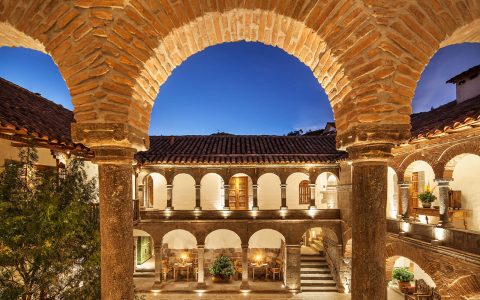
Top 10 Luxury Hotels in Peru
Peru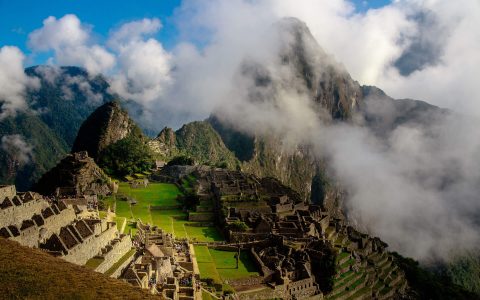
Reading for the Road: Our Favourite Books About Peru
Peru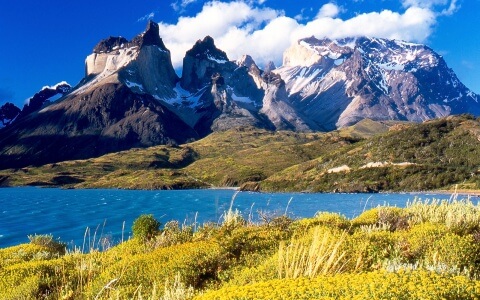
Embracing Extremes in Patagonia
Patagonia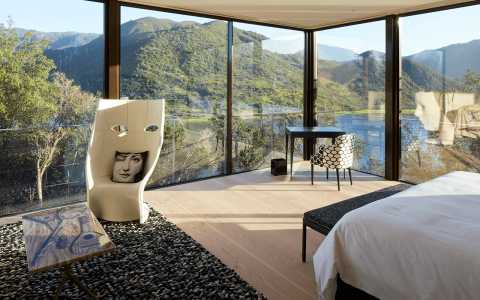

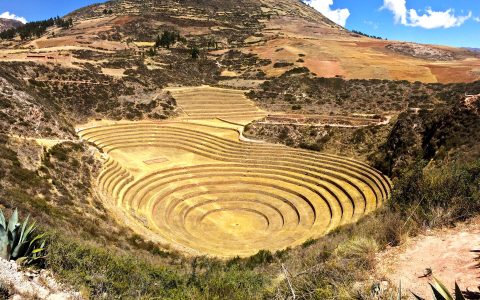
What are the top 3 weeks to take a trip to Patagonia for the most sunny and warm weather?? What are the worst 3 weeks of their tourist season>>
Hi Susan! The weather in Patagonia is unpredictable, even in the summertime, but a good bet is when the days are longest — January is a great choice for example, but that’s also windy season. The fall is also incredible, from early to mid April — the days are shorter, but the colors are striking, wildlife is more easily spotted, and it’s far less crowded. The winter-time (April – September) can be limited in terms of activities, light and the temperature, but some hotels do stay open year-round (Explora in Torres del Paine for example).
Hope this helps!